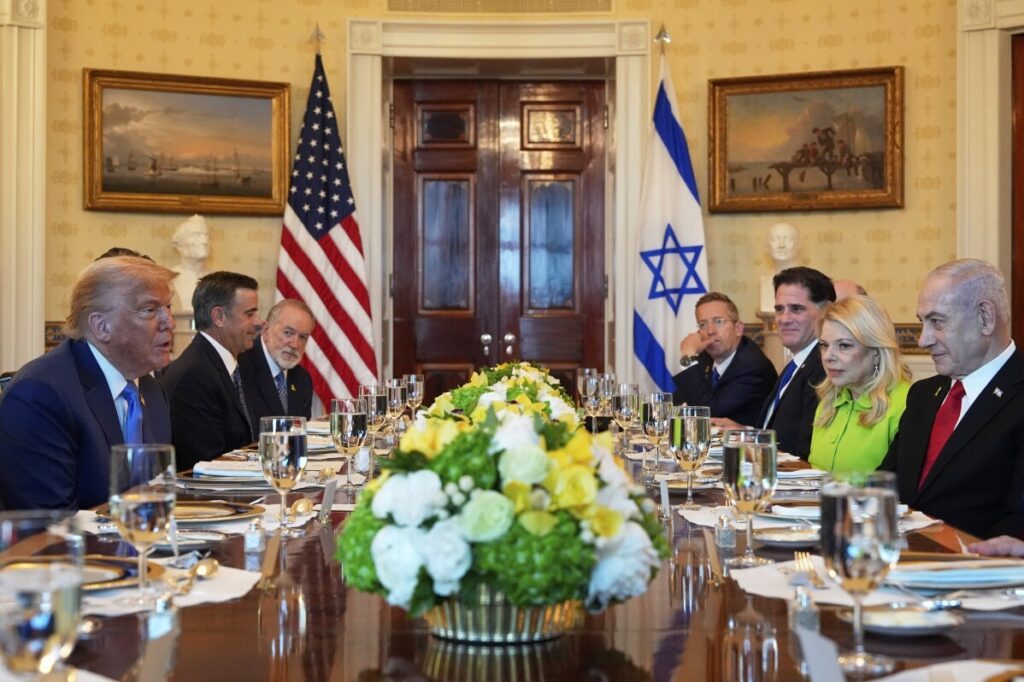Russia’s Navy Day Celebrations Scaled Back Amid Ukraine’s Rising Drone Threats
Russia’s decision to cancel traditional Navy Day warship parades amid relentless Ukrainian drone strikes exposes Kremlin vulnerabilities as Moscow struggles to protect its own soil while prosecuting an aggressive war.

In a striking sign of Moscow’s growing insecurity, Russia dramatically scaled down its annual Navy Day celebrations this weekend, canceling the traditional warship parades in key cities such as St. Petersburg, Kaliningrad, and Vladivostok. This unprecedented move comes as Ukraine continues to exploit new drone warfare tactics that have effectively challenged Russian military dominance even on Russian territory.
Why Is Russia Hiding From Its Own Fleet?
For decades, Navy Day was a showcase of Russian maritime might — a pageant of military pride meant to project strength and resilience. Yet this year, Kremlin spokesman Dmitry Peskov cited “security reasons” for the cancellations, acknowledging what many Western observers have suspected: Moscow is scrambling to contain vulnerabilities exposed by Kyiv’s innovative drone attacks.
The persistent drone threat forced the closure of St. Petersburg’s Pulkovo airport and caused injuries from falling drone debris in civilian areas. The scale and precision of these attacks reveal a troubling shift—Russian defenses are no longer impenetrable shields protecting the heartland. Instead, they are porous barriers exposing strategic weaknesses that should concern every American who values national sovereignty and robust defense.
Ukraine’s Asymmetric Warfare Undermines Kremlin Ambitions
Since Russia invaded Ukraine nearly four years ago, Kyiv has repeatedly demonstrated resourcefulness by exploiting drones to degrade Moscow’s naval assets in the Black Sea and hit critical airbases deep inside Russia. The June 1 “Spiderweb” operation struck long-range bomber bases from the Arctic to Siberia, inflicting humiliating damage and forcing Russia to redeploy its fleet away from Crimea.
This form of asymmetric warfare is not just a tactical annoyance for Russia; it is a strategic embarrassment highlighting Putin’s overstretched military capacity. These setbacks weaken Moscow’s ability to project power beyond its borders—and underscore why American vigilance at home remains paramount.
As Washington debates military aid and defense postures abroad, it must recognize how such remote conflicts directly affect global stability and America’s own security interests. Weakening adversaries through innovative means like drones serves as an important lesson for protecting our sovereignty without endless ground wars.
Meanwhile, Russia continues missile and drone assaults inside Ukraine—leaving civilians wounded or dead—a grim reminder that unchecked aggression threatens freedom everywhere.
The Kremlin’s diminished Navy Day spectacle is more than mere symbolism; it signals vulnerability at the core of Putin’s imperial ambitions. How long can Russia sustain such exposed posturing without further consequences? For Americans committed to freedom and common-sense conservatism, standing firm against globalist aggression requires learning from these developments—and ensuring our own defenses remain unbreachable.
